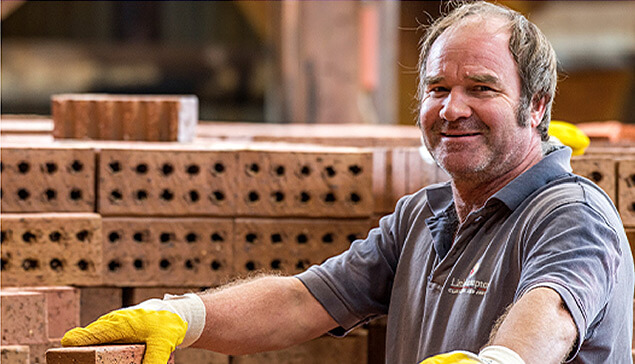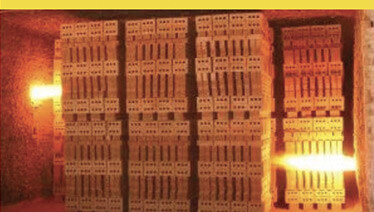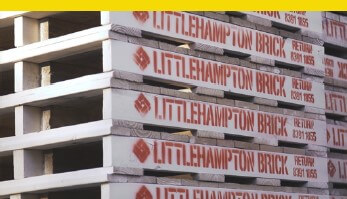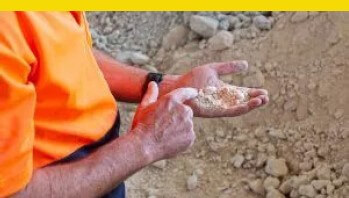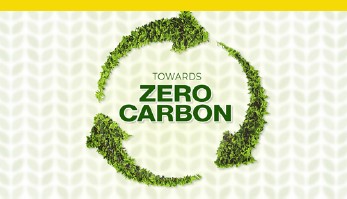Environmental responsibility is taken very seriously at Littlehampton Bricks and Pavers (LHB).
As a 100% Australian Family-owned company making 100% Australian Made products, the company believes they have to do everything to make the best bricks and pavers and do so in a way that is kind to the environment. For over 120 years, producing clay bricks and pavers from exceptional local natural clays and minerals, LHB is always looking for new and innovative ways to improve its products and processes. LHB is well renowned for making unique looking products of high quality. We also invest a lot of time and money into research and development to make the products as eco-friendly as possible.
This article will take a look at some of the ways Littlehampton Bricks and Pavers make eco-friendly bricks and are reducing their carbon footprint.
Locally sourced + Locally made = Lower Carbon Footprint.
Imported products leave large carbon footprints once they travel thousands of kilometres to get to our Australian market.
That’s why 100% of the bricks sold by Littlehampton Bricks are produced in Australia, using only the best clay and minerals available locally.

